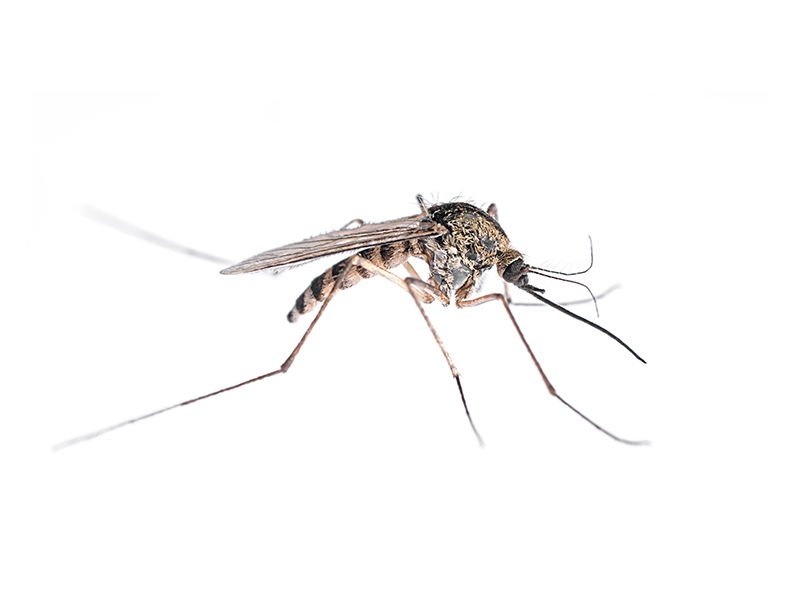Keep your home safe with Pest Control and avoid future infestations.
Keep your home safe with Pest Control and avoid future infestations.
Blog Article
Eco-Friendly Pest Control Approaches for Taking Care Of Wildlife in Urban Areas
Urban locations frequently discover themselves at the junction of human activity and wildlife, leading to unique challenges in pest administration. These strategies not only protect the setting yet also boost community engagement in wildlife monitoring. As urban populaces continue to expand, understanding the characteristics of wildlife communications becomes increasingly crucial.
Comprehending Urban Wildlife Characteristics
Recognizing Urban Wildlife Dynamics is essential for developing effective and environmentally friendly insect control techniques. Urban areas are increasingly coming to be habitats for numerous wild animals types, driven by variables such as environment fragmentation, food accessibility, and human encroachment. Identifying these dynamics enables a nuanced technique to pest administration that aligns with environmental principles.
Urban wildlife commonly includes species such as raccoons, squirrels, and birds, which adapt to city atmospheres, locating particular niches in green rooms, parks, and even houses. Their presence can result in problems with human beings, especially when they exploit human resources for food and sanctuary. Recognizing the habits and environmental functions of these types informs methods that lessen negative interactions while promoting biodiversity.
In addition, recognizing the interdependencies within urban ecological communities helps in determining important locations for habitat conservation and remediation. This knowledge contributes to the development of integrated parasite monitoring (IPM) strategies that think about the ecological balance, thus minimizing reliance on damaging chemicals. By fostering coexistence between humans and metropolitan wild animals, cities can develop much healthier environments that benefit both citizens and local environments, leading the way for lasting city living.
All-natural Repellents and Deterrents
Natural repellents and deterrents supply a sustainable option to standard insect control methods by taking advantage of the power of nature to maintain undesirable species away. These eco-friendly solutions usually use plant-based active ingredients, necessary oils, and other naturally taking place substances that hinder parasites without hurting the setting.
One effective natural repellent is peppermint oil, which is understood to fend off rats and bugs. Its solid scent is unpleasant to numerous pests, making it a preferred selection for urban setups. In a similar way, vinegar and citrus peels can act as deterrents, as their strong smells are generally uninviting to different wild animals.
Additionally, diatomaceous planet is a natural powder that can be spread in areas vulnerable to pest activity, successfully drying out and hindering bugs without presenting risks to non-target types. Garlic sprays and neem oil are identified for their capacity to push back a wide variety of pests, including both bugs and bigger wildlife.
Applying these all-natural repellents not only reduces dependence on chemical pesticides but also promotes a healthier urban environment, fostering an extra balanced conjunction between people and wild animals. By using these approaches, metropolitan locations can successfully handle parasite populaces while minimizing ecological impact.
Environment Adjustment Techniques
Effective habitat adjustment strategies play an essential duty in lasting parasite monitoring by altering the setting to make it much less helpful to pest invasions. By recognizing the ecological characteristics of metropolitan areas, building owners can carry out calculated modifications that discourage pests while advertising biodiversity.
(Pest Control Near Me)One main strategy entails maintaining proper cleanliness. This consists of normal waste removal, protecting trash can, and getting rid of standing water to reduce reproducing sites for bugs and rats. Furthermore, landscaping methods such as selecting native plants can enhance environmental balance, providing environments for beneficial microorganisms while reducing sources for pests.
An additional essential strategy is to secure access factors in structures. Evaluating and repairing splits in structures, walls, and home windows can considerably reduce parasite access. Additionally, creating physical obstacles, such as fences or plant barriers, can inhibit wildlife movement right into human-inhabited locations.
Integrated Parasite Administration Practices
Building upon habitat alteration methods, integrated insect monitoring (IPM) techniques use an alternative approach to controlling pest populaces while decreasing environmental impact. IPM combines numerous methods, including organic, social, mechanical, and chemical controls, to accomplish reliable parasite monitoring.
Organic control includes the introduction of natural predators or bloodsuckers to lower bug populations. Cultural techniques, such as crop turning and sanitation, disrupt pest life cycles and reduce their habitats - Pest control service. Mechanical controls, like catches and barriers, provide prompt alleviation from bug pressures without chemical treatment
Chemical controls are utilized as a last resource, concentrating on targeted applications that restrict damage to non-target species and the atmosphere. The choice of environmentally pleasant chemicals, when essential, is indispensable to the IPM framework. Furthermore, monitoring bug populaces and evaluating prospective damages aids notify decision-making, ensuring that treatments are timely and effective.
Community Involvement and Education

(Barn Fly Control)Workshops and informational sessions can furnish homeowners with understanding regarding native varieties, habitat conservation, and effective safe parasite management strategies. Cooperation with institutions, local companies, and government companies further enhances educational outreach, making certain that crucial details reaches varied target markets.
In addition, community-led initiatives, such as area clean-up days and habitat remediation projects, not just promote biodiversity however additionally strengthen community connections. Pest control service. By encouraging homeowners to share their experiences and monitorings, communities can create targeted techniques that resolve details local insect issues
Incorporating comments from residents right into pest administration plans makes it possible for a more receptive and flexible technique to wildlife obstacles. Inevitably, notified and engaged communities are key Bat Removal to attaining long-term success in green bug control, resulting in healthier city settings that value both human and environmental demands.

Final Thought
In final thought, eco-friendly insect control approaches deal sustainable options for managing metropolitan wildlife. By focusing on habitat modification, making use of all-natural repellents, and applying integrated insect management methods, areas can cultivate a harmonious coexistence with regional animals.
Report this page